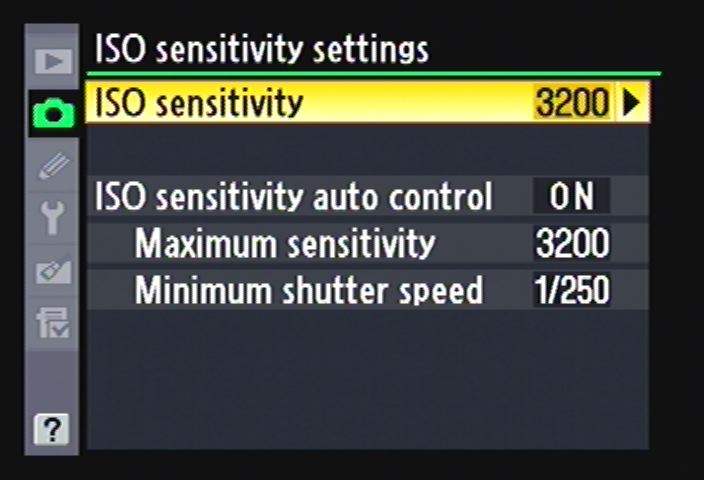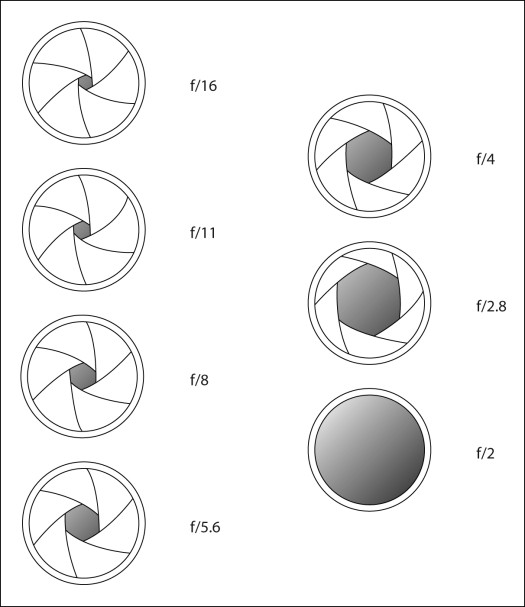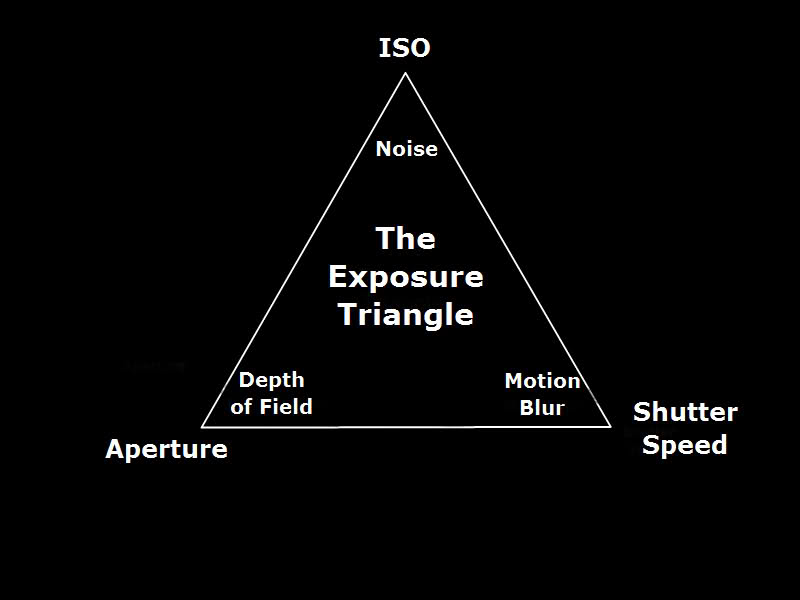For our photography related feature this week, we go way back to basics for everyone who has always wanted to get into photography but didn’t know how. In the first part, we will be looking into a basic, yet very important concept in photography: The relationship between Aperture, Shutter Speed and ISO or the Exposure Triangle.
This concept will be employed in whatever form of photography you choose to pursue and should be second nature to you with time. The clearer you understand how the exposure triangle affects your images, the easier things will be for you down the road.
If you’re a grizzled veteran, this post is probably not for you, but for the rest of you who are new to the camera, or have yet to pick one up, I hope this post will help you on the first steps of your photographic journey.
This week, we look at what is the exposure triangle and what are ISO and Aperture.
Article continues after the jump
What is exposure and the exposure triangle?

Source: ExposureGuide
Put simply, exposure is how bright or dark your image comes out. One often strives for a perfectly exposed picture whereby it isn’t too bright (overexposed) or too dark (underexposed). The way you achieve this is by fiddling with the points on what we call the “Exposure Triangle”. The exposure triangle is made of 3 elements, ISO, Aperture and Shutter Speed.

Source: ExposureGuide
Each of these elements is connected to each other in the sense as well that you can leave one untouched and the other 2 will be related inversely or directly. If you keep 2 of those values static, you can directly control the exposure of your image by either raising or lowering the 3rd value, but to what extent and what effects it will have are dependent on what is changing.
Don’t worry if you’re a little lost now, after the whole series, the picture will be a lot clearer.
ISO

What is ISO and how does it affect your image? From the days of film, ISO has always been referred to as how sensitive the film is to light and in the same way now, ISO is how sensitive your camera sensor is to light. ISO usually ranges from 50 – 200 at the low end, to 6400 and upward for the higher end cameras.
Let’s say you have a equally lit object, at a lower ISO setting, your sensor will be less sensitive to the light around, letting less light register. At a higher ISO setting, the sensor is extremely sensitive to any light, letting more light register.

Source: What Digital Camera
The tradeoff for a higher ISO however is that the higher you set your ISO value, the more noise (or film grain back in the day) you will get on your photos. Noise are artifacts that affect the overall quality of photos. They can be characterized as specs on your image, leading to a “noisy” photo. In that sense, in the studio shooting a model, or when you take a landscape photo on a nice bright day, its wise to use a lower ISO and when you shoot something indoors, in a darker place, a higher ISO would be prudent.
Aperture or f-stop

Just imagine a bucket. This bucket is quite a crap one because it has a hole at the bottom of it. Water drips out of this bucket at a steady pace. When you make the hole bigger with a drill, more water will be able to flow out at any one instance. Seal it smaller and you get less water. If you haven’t guessed, the bucket in some instance is your camera lens, the hole is your Aperture and the water is light.

Aperture is measured in f-stops, for example starting at f/1.0 and if you increase in full stops, you will get f/1.4, f/2.0, f/2.8, f/4, f/5.6, f/8, f/11, f/16 and f/22. You also have increments in 1/3 stops giving you numbers like f/1.2 and f/0.95, but for now lets concentrate on full f-stops. Aperture is also referred to sometimes as the speed of your lens. The SMALLER the aperture value, the FASTER your lens is and the MORE light you let in. The LARGER the aperture value, the SLOWER your lens is and the LESS light you let in. Of course, the faster your lens is the more expensive it generally is going to be.

Another thing Aperture controls is depth of field, or how much of your image is in focus behind and in front of your focus. Granted, factors like your lens focal length do play a huge part on this as well, but for now, let’s just concentrate on Aperture. You’ve seen those pictures of people, flowers, cats and other random objects that are in focus and the background and in some cases the foreground is blur. Some may call this “bokeh” but i prefer to call it a shallow depth of field.
How Aperture plays into all of this is the smaller your aperture value, like f/1.4 or something, the more light you let in, and the shallower the depth of field (or the more blur the background) is.
So now you know what Aperture and ISO are, look out for our followup article next week on the remaining point of the Aperture triangle, shutter speed and how we bring them all together with some examples to make things a lot clearer. For now, if you have any questions or suggestions, hit me up at @luc_sohow or leave a comment in either the comments section or on our Facebook page!
Follow us on Instagram, Facebook, Twitter or Telegram for more updates and breaking news.



